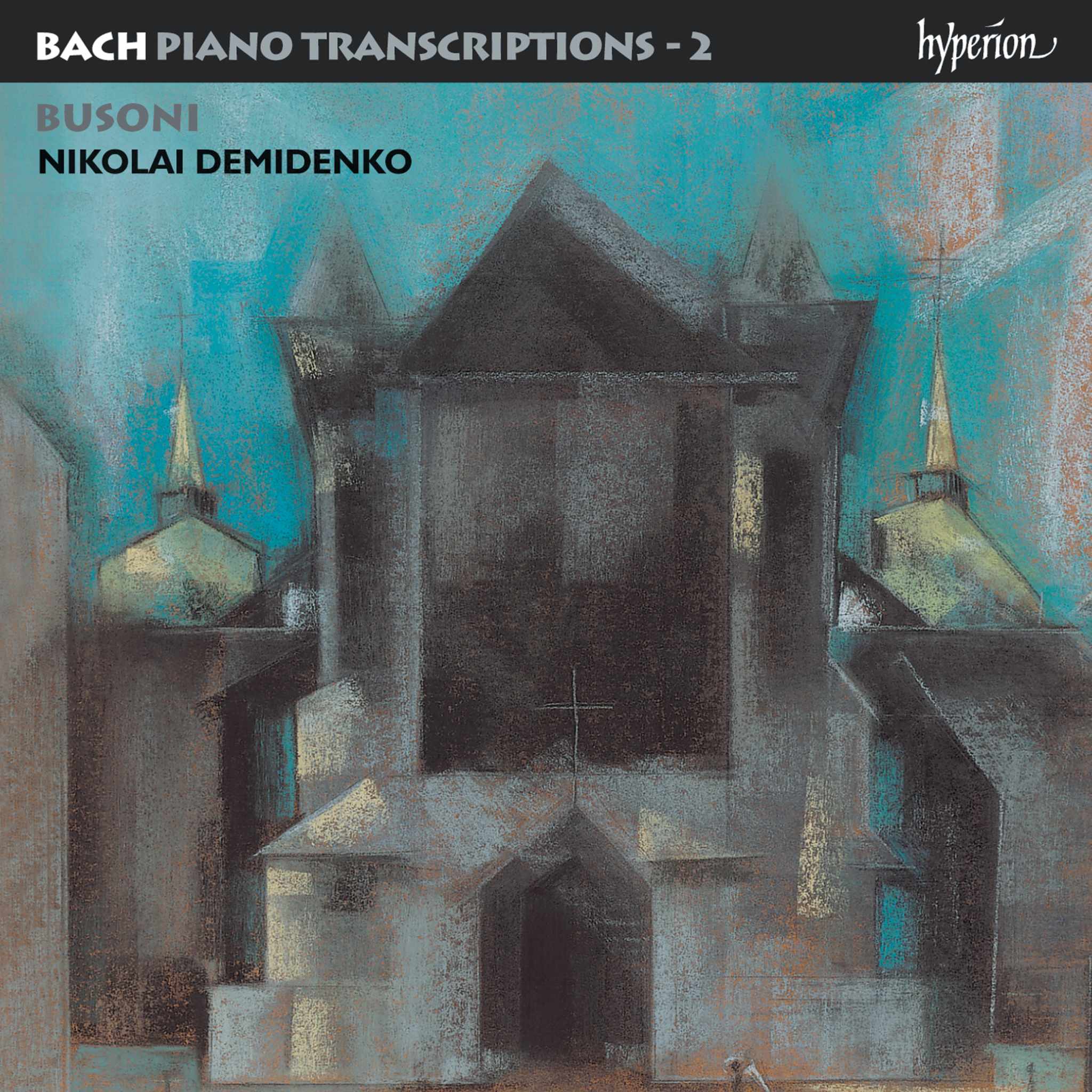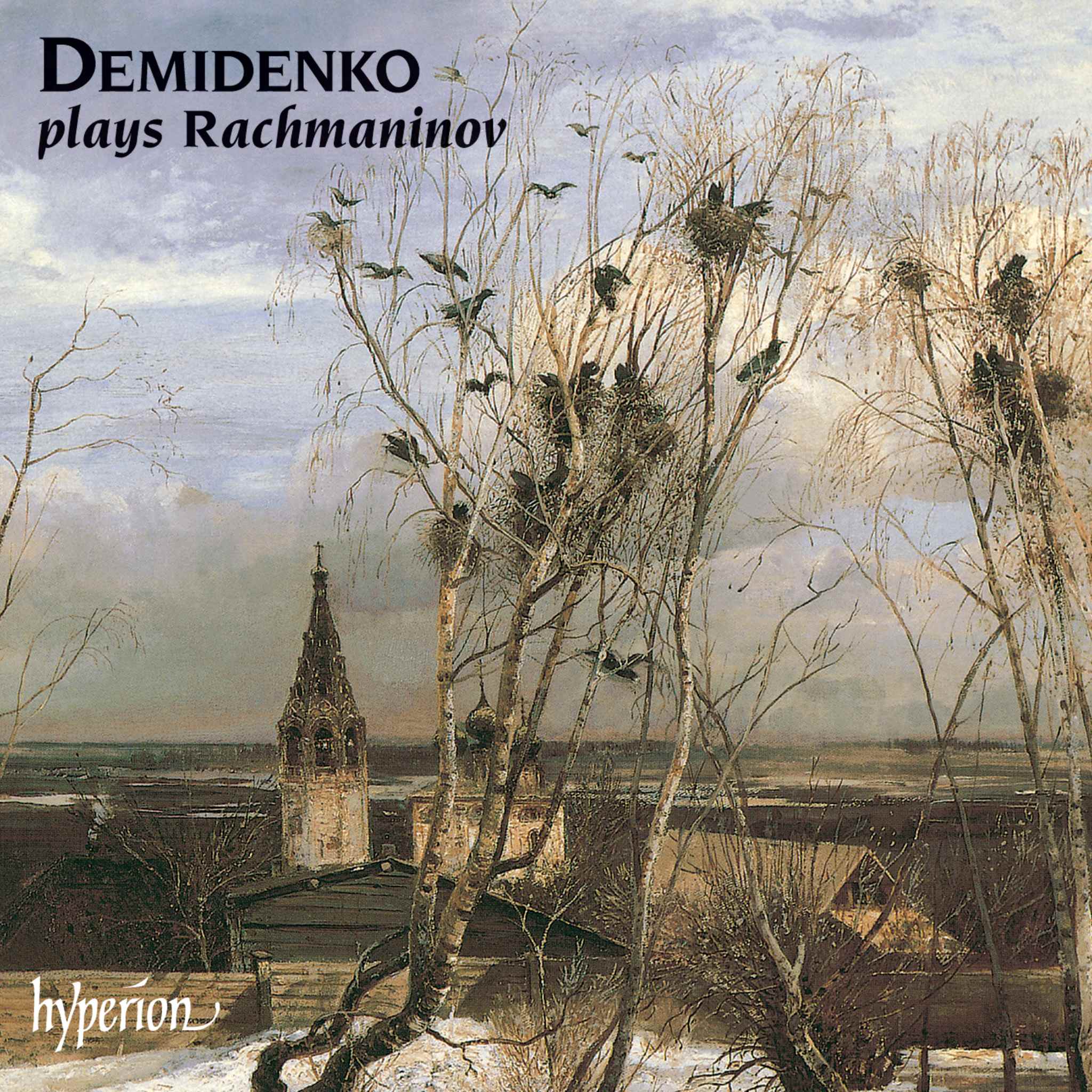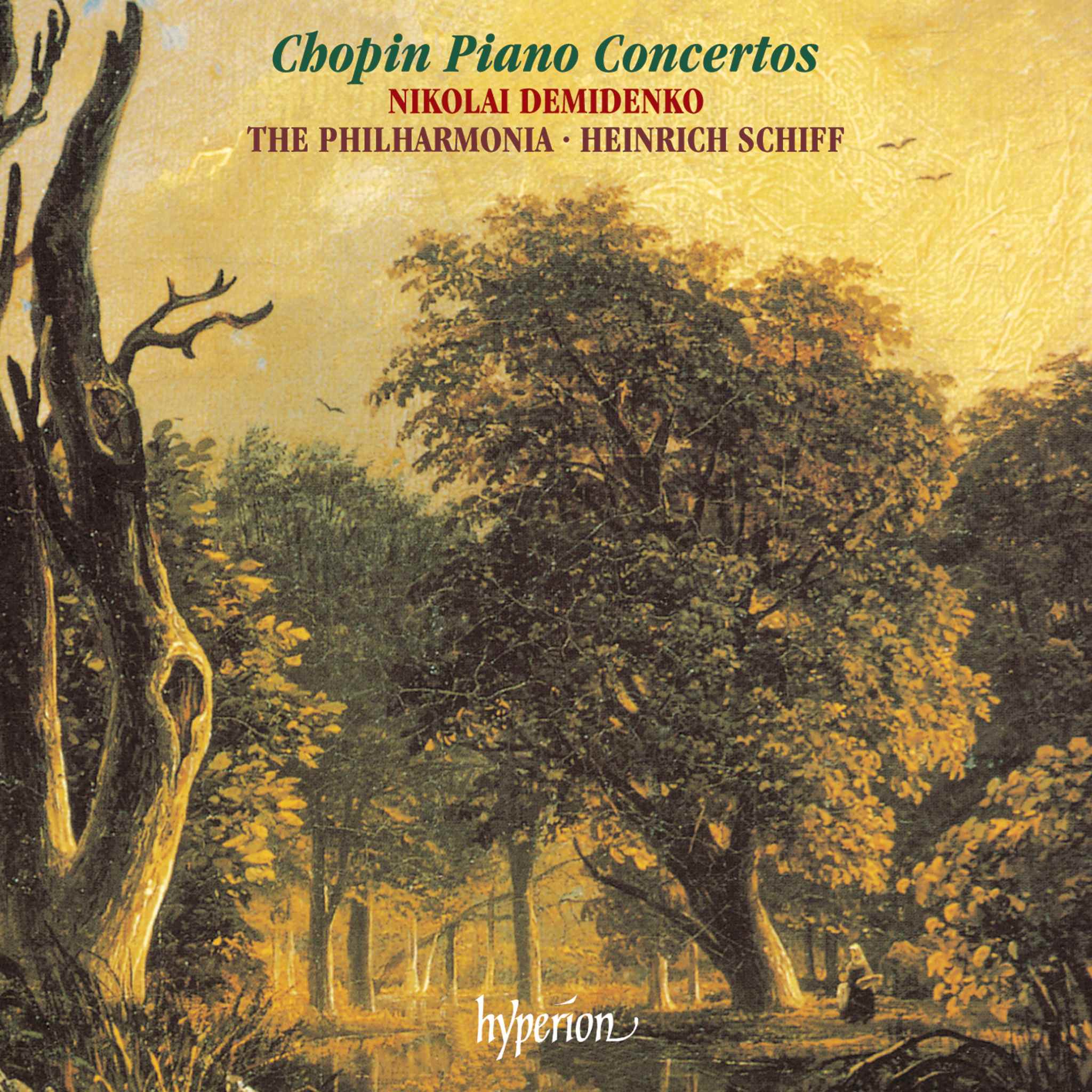Album insights
The enduring significance of Franco-Flemish polyphony is exemplified by the two composers featured in this recording, extending into the late 16th century. Flanders' dominance was secured through the collaboration of Flemish composers and singers within the Habsburg chapels from Brussels to Madrid and Vienna until a new style emerged by 1600. The album's repertoire showcases the fruitful exchange among musicians in the Habsburg chapels and the political as well as ceremonial importance of music in honoring and commemorating the imperial house through words and music.
Jacobus Vaet, born around 1529 in Kortrijk, received musical education at the prominent Our Lady Church. Guided possibly by Pieter Maessens, he moved to Vienna serving Maximilian II., who greatly valued his music. Vaet also engaged with other Flemish court musicians like Orlando di Lasso in Munich and Giaches de Wert in Mantua.
Johannes de Cleve’s career mirrored Vaet's, with appointments in Vienna and later with Archduke Karl in Graz. De Cleve showed mastery through compositions honoring the Habsburgs, including pieces dedicated to various members of the dynasty.
Vaet's motet "Rex Babylonis," printed in 1568, showed aspects reminiscent of Nicolas Gombert's music, featuring a powerful five-voice setting with a distinct rhythmic structure. De Cleve used this motet as a basis for his Mass setting, creatively reinterpreting Vaet's material, thus achieving thematic unity throughout the Mass.
De Cleve's works exhibit influences from renowned composers of his time such as Palestrina and Lasso. His ability to fuse styles showcases his keen ear for contemporary musical developments.
The pieces by De Cleve reflect the intricate religious landscape of the late 16th century Habsburg Empire, influenced by the Tridentine Council and efforts to reclaim lost territories from Protestantism. The inclusion of Luther's paraphrased text in De Cleve's collection hints at the evolving religious contexts of the era.
In giving a glimpse into the musical tastes and developments of the 16th-century imperial chapels, this curated program embodies a rich tapestry of polyphony, reflecting the splendor of the Habsburg patrons and their ceremonial culture deeply rooted in the Humanism of the era.








